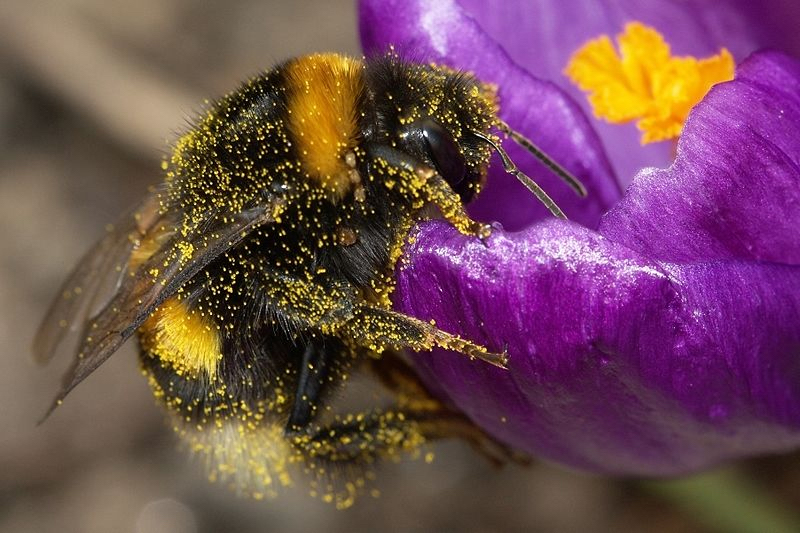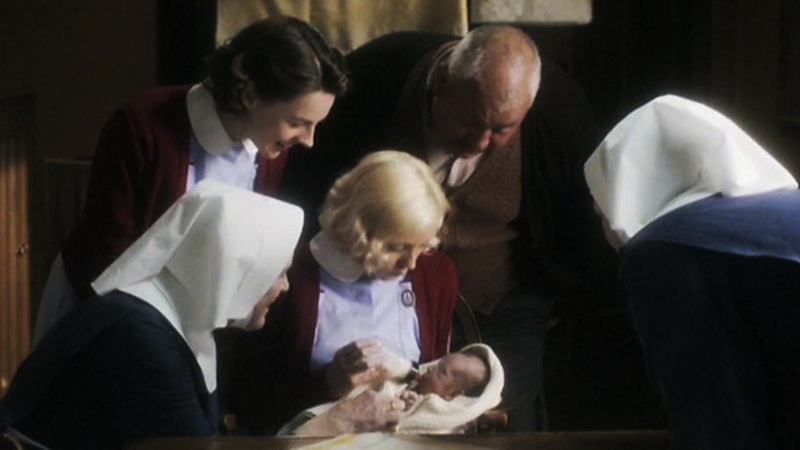How to Read a Poem
Melissa Reeser Poulin
 I am a sucker for a good how-to, easily taken in by the alluring simplicity of a numbered list of steps. Luckily, this is the age of the Internet tutorial, with the tackling of all manner of life’s mysteries now available in slideshow format. How to build a yurt. How to clean a dishwasher. How to make a fishtail braid.
I am a sucker for a good how-to, easily taken in by the alluring simplicity of a numbered list of steps. Luckily, this is the age of the Internet tutorial, with the tackling of all manner of life’s mysteries now available in slideshow format. How to build a yurt. How to clean a dishwasher. How to make a fishtail braid.
However, not all how-to’s are created equal. Last month, I followed a free tutorial for a maternity dress and ended up with a house-sized pink-flowered pillowcase that would have comfortably clothed me and two of my pregnant friends—an interesting challenge, but not exactly what I was going for. Sometimes, one man’s how-to is not another man’s treasure.
Tania Runyan’s How to Read a Poem is a glittering exception. It’s a pocket-sized literary guide and anthology that does—perfectly— what I’ve long tried to figure out how to do: introduce the new and skeptical reader to the necessity and beauty of poetry. Or perhaps not Poetry with a capital P.
This is a book about how to read a poem, just one poem that knocks the wind out of you. That’s how you get hooked, and poem by poem, eventually gain the confidence that develops into passion.
With simplicity, friendliness, and humility, Runyan gently guides the would-be reader of poems into a world she is clearly familiar with. She uses the Billy Collins poem “Introduction to Poetry” as a chapter-by-chapter template for encountering and enjoying a poem. After each short chapter, she offers a handful of startling and widely-varied poems to consider, encouraging the reader to try out a new lens with each grouping: imagery, sound, line breaks, discovery. Her selections are personal and unusual, modeling the way a reader of poems collects pieces that are meaningful to them, not necessarily those that are well-known or serious or understood.
Reading her book as I get ready to lead a high school writing workshop, I feel a sense of relief and excitement. I don’t have to have all the answers to a poem before introducing it to a class. I don’t have to explain what can’t be explained, because if I “get” it on a gut level then it’s likely the students get it, too. We can talk about that.
How to Read a Poem does that rare thing few how-to’s do: it admits its own limitations. It leaves the essential mystery of poetry intact, respecting the space between reader and poem where vital connection happens.







